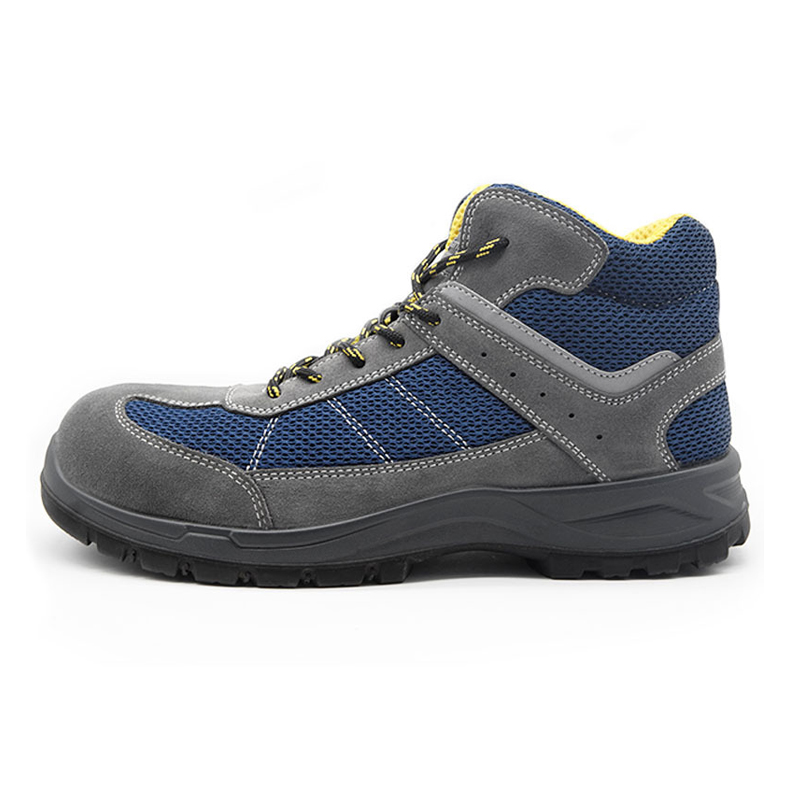Test instrument
When (100±2)V DC voltage is applied, the resistance can be measured to an accuracy of ±2.5%.
Inner electrode
It is composed of stainless steel beads with a total mass of 4KG and a diameter of 5MM. Steel balls should take measures to prevent or remove the oxidation of steel balls and copper plates, because oxidation may affect their electrical conductivity.
External electrode
Consists of a copper contact plate, cleaned with ethanol before use.
Device for measuring resistance of conductive coating
It is composed of three conductive metal probes with a probe radius of (3±0.2)MM and is installed on a base plate. The two probes are separated by (45±2)MM and are connected by a metal strap. The third probe is separated from the midpoint of the other two probes by (180±5) mm and insulated from them
Sample conditioning preparation
If the shoes are equipped with active pads, they should be kept during the test. Clean the surface of the sole with ethanol to remove all traces of release agent, rinse with distilled water
And dry in (23±2)℃ environment. The surface of the sole should not be rubbed or abraded, nor should it be cleaned with organic materials that can damage or swell the sole.
Special preparation for wet conditioning
For the samples adjusted under wet conditions, apply a layer of conductive coating with an area of 200MM×50MM on the sole of the shoe. The coating surface includes the heel and the forefoot. The resistance value of the dry measurement coating is less than 1×103 megohm
Fill the shoes with clean steel balls and place them on the metal probes of the device, so that the forefoot area of the outsole is supported by two probes 45mm apart, and the heel area is supported by the third probe. Use a testing instrument to measure the front probe The resistance value between the probe and the third probe.
According to the function of the tested shoe, adjust the prepared sample according to one of the following conditions.
1) Drying conditions, (20±2)℃, relative humidity (30±5)%. (Leave for 7 days)
2) Humidity conditions, (20±2)℃, relative humidity (85±5)%. (Leave for 7 days)
If the test cannot be performed in a conditioned environment, the test should be completed within 5 minutes after the specimen is removed from the environment.
Test steps
Fill the sample with clean steel balls with a total mass of 4KG. If necessary, use a piece of insulating material to increase the height of the shoe upper. Place the sample filled with steel balls on the copper plate, apply (100±2) V DC test voltage between the steel plate and the steel balls for 1 minute and calculate the resistance value.
The energy consumption of the sole of the safety shoe should not exceed 3W. If the 3W limit is considered to withstand the reduced voltage, the actual voltage value should be recorded on the test report.





